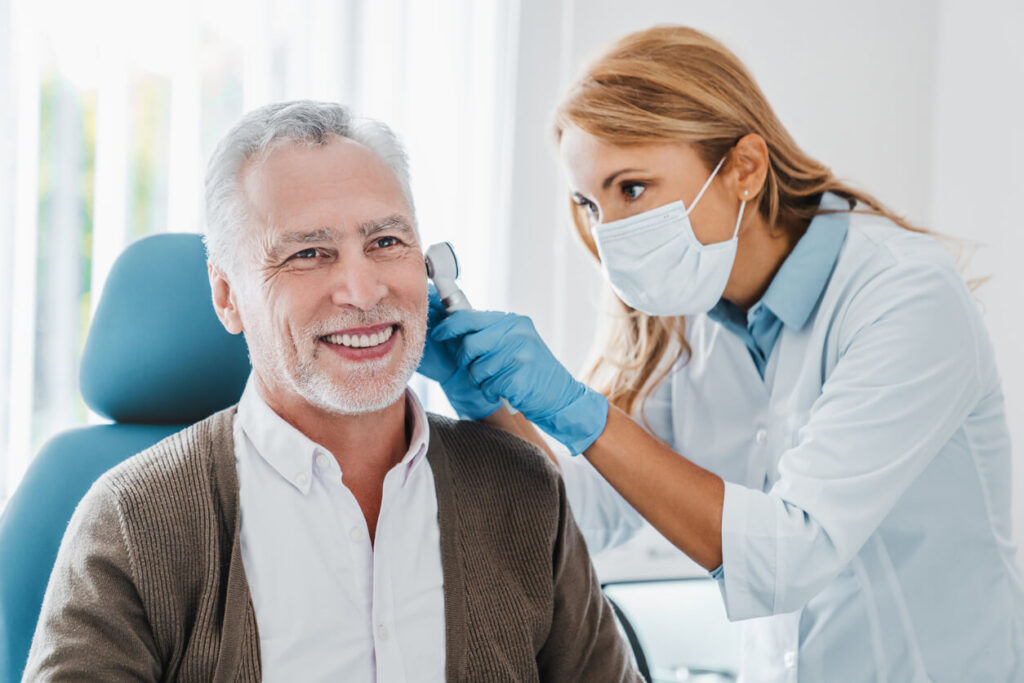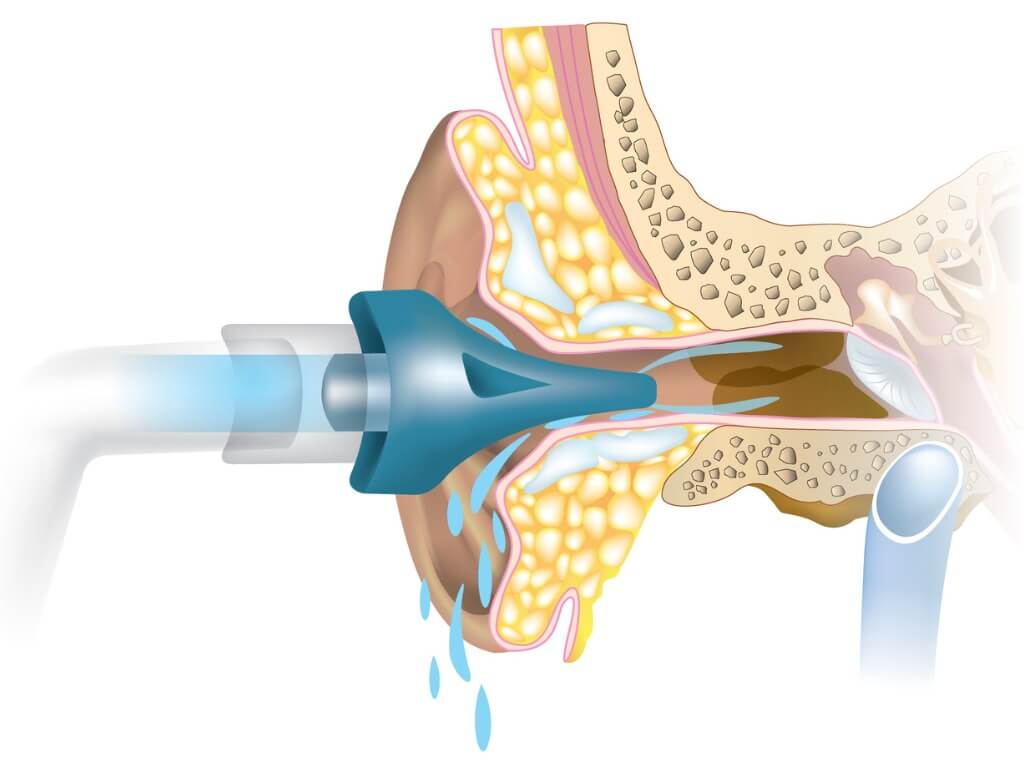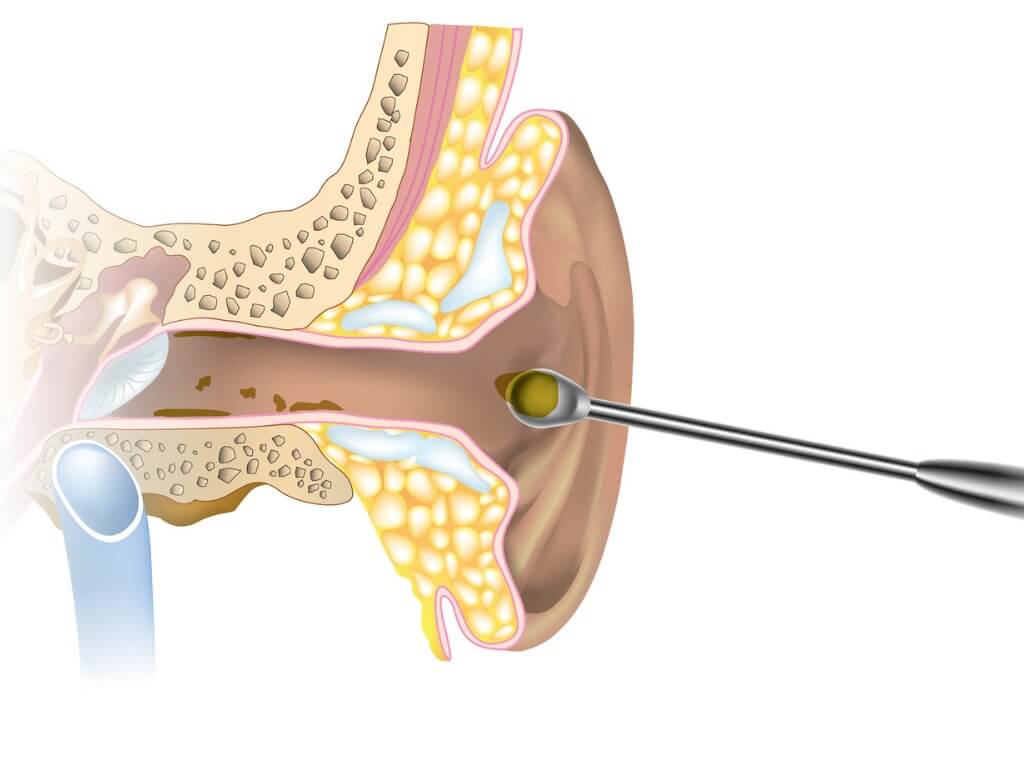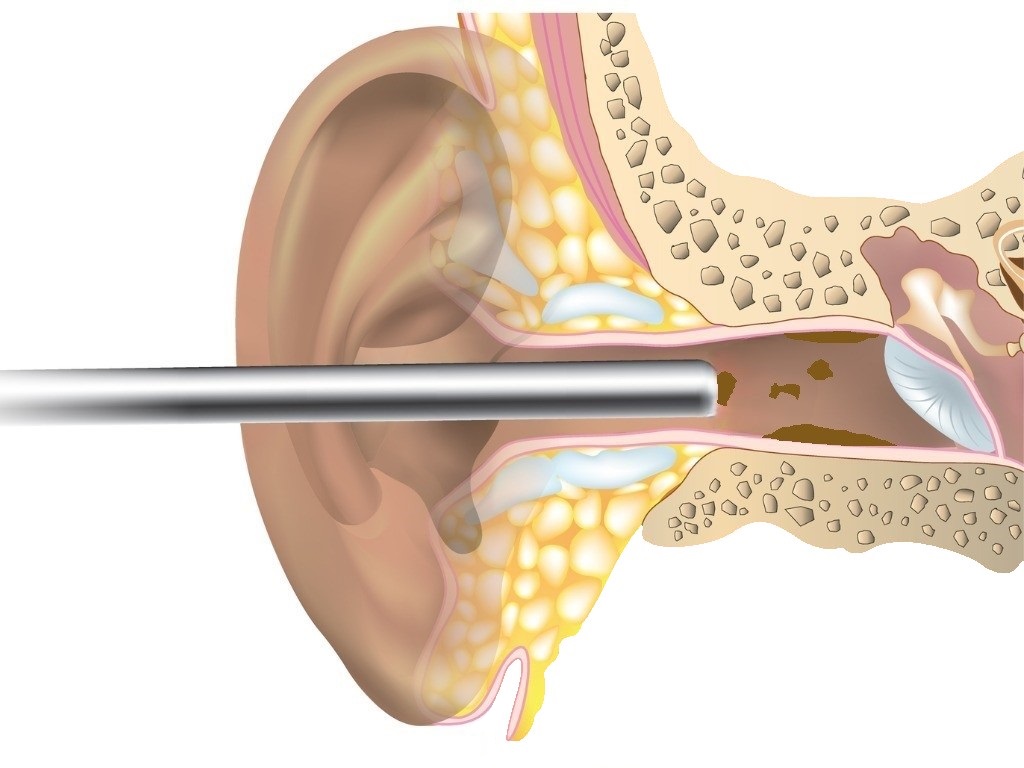Services
Ear examination and assessment
Prior to ear wax removal, we conduct a thorough examination and assessment of your ears. This involves inspecting the ear canal and eardrum using a video otoscope to determine the extent of the wax build-up, its proximity from the ear drum and its consistency. Initial assessment will also include taking a full ear health history, allowing us to select the most appropriate ear wax removal treatment.

Ear wax removal
Water irrigation
Water irrigation, also known as ear syringing, involves a pressurised jet of warm water being gently circulated around the ear canal to loosen and remove any excess ear wax. Our trained professionals carefully control the water pressure to ensure a safe and effective removal process, minimising the risk of discomfort. This method is suitable for individuals with a build-up of impacted hard ear wax or ear wax close to the ear drum which can be difficult to remove safely using microsuction or manual extraction.


Manual extraction
Manual ear wax removal involves the skilled removal of ear wax under the careful hands of our trained professionals. Fine handheld instruments are inserted carefully into your ear and used to gently extract wax from the ear canal. Manual removal is the preferred method if you have a build-up near the entrance of your ear canal or have sensitive ear conditions which cannot tolerate the suction or water pressure associated with microsuction and water irrigation.
Microsuction
Microsuction is an effective and clean method of removing ear wax and is widely recognised as the safest method of ear wax removal. Our trained professionals use a microscope to identify and locate ear wax within the ear canal. Then a specialised CE marked suction device attached to a very fine, low pressure probe is used to remove the excess wax gently and precisely. The use of a microscope allows for pinpoint precision so ear wax can be removed while avoiding sensitive areas around the ear canal like the ear drum. Therefore, this method is very useful in individuals with previous ear drum perforations, recurring infections or previous surgery and is usually the gold standard for most patients.

Aftercare
After your ear wax removal procedure, you should experience relief from the symptoms that brought you in such as reduced hearing or a feeling of fullness. While most people feel better almost immediately, it’s normal to have some minor side effects such as mild discomfort, muffled hearing or slight itching for a few days. To ensure a smooth recovery, follow these aftercare tips:
1. Avoid Water: Refrain from getting your ears wet for at least 24 hours to prevent irritation.
2. Gentle Cleaning: Use a soft cloth to clean the outer ear and avoid inserting objects into the ear canal such as cotton buds which cause damage and push wax deeper.
3. Monitor Symptoms: Mild discomfort is normal, but don’t hesitate to reach out to our team if you experience dizziness, severe pain, discharge or any other concerns.
4. Follow-Up: You may have a follow-up appointment booked to ensure your ears heal properly.
